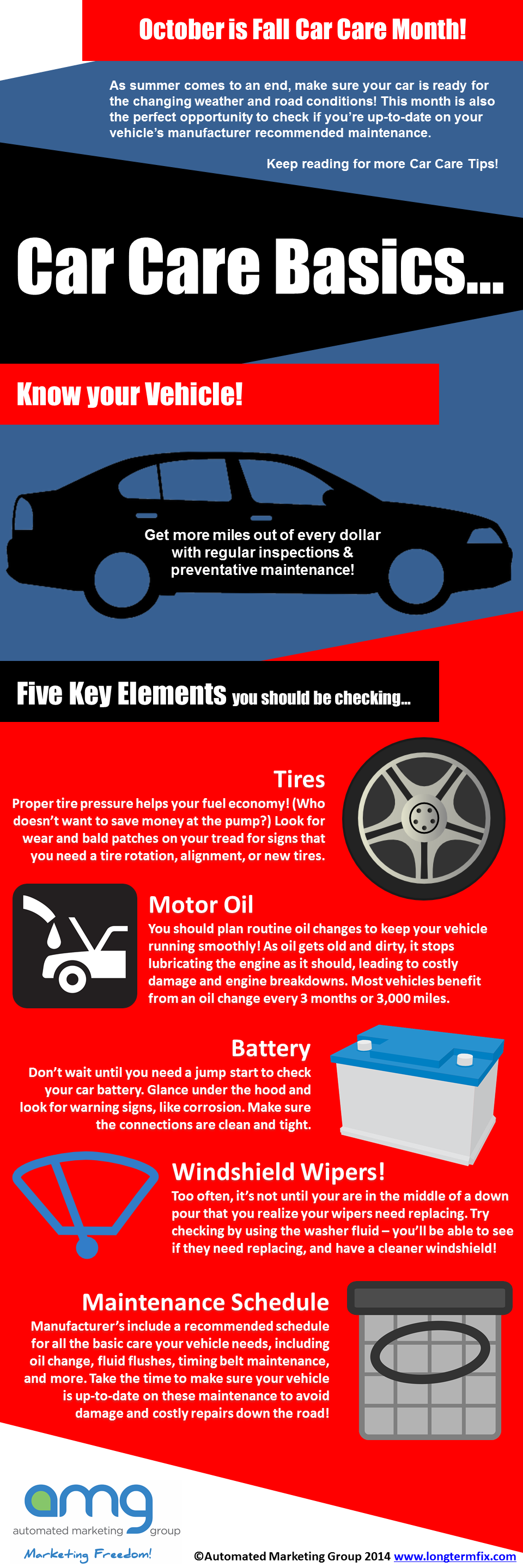Understanding The Definition Behind Your Automobile'S Warning Lights: An Extensive Appearance
Understanding The Definition Behind Your Automobile'S Warning Lights: An Extensive Appearance
Blog Article
Developed By-Lauritsen Alvarado
When you're behind the wheel, those beautiful caution lights on your dashboard can be a bit bewildering. Do you know what they're attempting to tell you concerning your vehicle's health? Understanding the relevance of these lights is crucial for your security and the long life of your car. So, the next time one of those lights pops up, would not you intend to understand its message precisely and take the necessary actions to address it?
Common Warning Lighting and Interpretations
Identify typical warning lights in your car and understand their meanings to guarantee risk-free driving.
One of the most regular warning lights consist of the check engine light, which indicates concerns with the engine or discharges system. If this light begins, it's critical to have your automobile inspected without delay.
The oil stress cautioning light shows reduced oil pressure, requiring immediate attention to prevent engine damage.
A blinking battery light may recommend a faulty charging system, potentially leaving you stranded otherwise dealt with.
The tire stress surveillance system (TPMS) light alerts you to reduced tire stress, impacting lorry security and gas effectiveness. Neglecting this might result in unsafe driving conditions.
The abdominal light suggests an issue with the anti-lock braking system, compromising your capability to quit swiftly in emergencies.
Lastly, the coolant temperature warning light warns of engine overheating, which can result in serious damages otherwise fixed quickly.
Recognizing these common warning lights will aid you resolve problems promptly and maintain safe driving problems.
Significance of Prompt Attention
Recognizing the common caution lights in your automobile is only the primary step; the significance of without delay dealing with these warnings can not be highlighted sufficient to guarantee your safety and security on the road.
When a caution light brightens on your dashboard, it's your auto's way of communicating a prospective concern that needs interest. Disregarding these cautions can bring about extra extreme problems in the future, compromising your safety and security and possibly costing you much more in repairs.
Motivate interest to advising lights can avoid break downs and crashes. For instance, a blinking check engine light might show a misfire that, if left neglected, could cause damages to the catalytic converter. Addressing this promptly can save you from a pricey fixing.
In a similar way, a brake system advising light could signal reduced brake liquid or worn brake pads, vital elements for your safety and security when driving.
DIY Troubleshooting Tips
If you see a warning light on your control panel, there are a few do it yourself troubleshooting tips you can try before seeking specialist assistance.
car wash auckland is to consult your cars and truck's guidebook to recognize what the specific caution light shows. In click this link here now can be as simple as a loose gas cap setting off the check engine light. Tightening the gas cap may deal with the trouble.
Another usual problem is a low battery, which can activate different cautioning lights. Checking the battery connections for deterioration and guaranteeing they're safe and secure could repair the trouble.
If a warning light continues, you can attempt resetting it by detaching the cars and truck's battery for a few minutes and afterwards reconnecting it. Furthermore, inspecting your automobile's liquid levels, such as oil, coolant, and brake liquid, can assist repair cautioning lights associated with these systems.
Conclusion
In conclusion, understanding your cars and truck's warning lights is essential for keeping your automobile running efficiently and safely. By without delay dealing with these alerts and knowing what they indicate, you can avoid costly repairs and possible failures.
Remember to consult your car's handbook for specific details on each alerting light and take action accordingly to ensure a trouble-free driving experience.
Stay educated, remain safe on the road!
